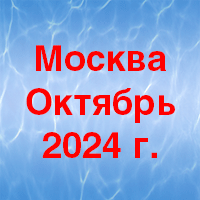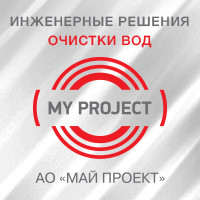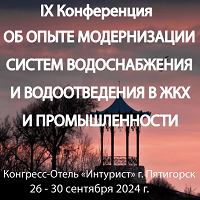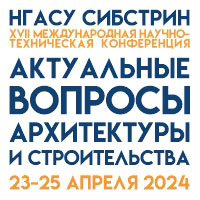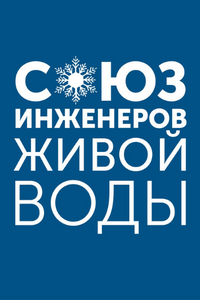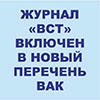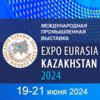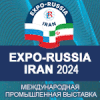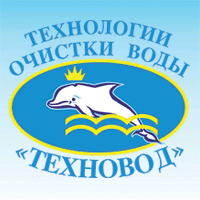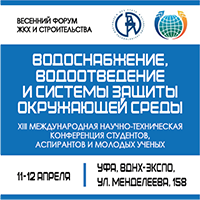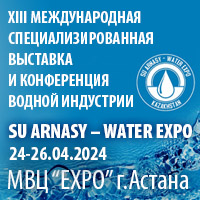№10|2016
WATER DISTRIBUTION NETWORKS
bbk 000000
UDC 628.32:62-192
Ways to improve the municipal water supply and distribution system
Summary
Simulation of all possible switch-overs in the municipal water distribution network caused by fault section cutoffs is practically unfeasible because of the large number of simulation cases. For the implementation a method of the distribution network dividing into separate districts (zones) with water flow rate measured at the input and outlet is suggested in a similar way to the elimination of leaks. Within the limits of each district including up to 50 km pipelines the search of the isolated sections becomes feasible. At that determining the reliability of the water supply in each district as a part of the annual period when the customer receives water on a regular basis is possible. This is achieved with the use of Markov model for determining the period of the water distribution network being operational and in the state with simultaneously isolated sections. Then by hydraulic calculations the parameters of the network in non-operating conditions are determined; at that it is determined which parameters are related to the operation period with normal or lowered level of performance.
Key words
water supply network , hydraulic design , water supply reliability , state of failure , state of failure , Markov model
The further text is accessible on a paid subscription.
For authorisation enter the login/password.
Or subscribe
REFERENCES
- District Metered Areas. Guidance Notes. Specialist Group Efficient Operation and Management. Water Loss Task Force. IWA, 2007.
- [Method of determining unaccounted-for-losses in public water supply systems]. ZhKKh. Zhurnal Rukovoditelia i Glavnogo Bukhgaltera, 2006, no. 1, 2, pp. 23–25. (In Russian).
- Primin O. G., Bortkevich V. S., Mirkis V. I., Kantor L. I., Vinarskii S. L. [On designing water supply schemes of the Russian cities]. Vodosnabzhenie i Sanitarnaia Tekhnika, 2014, no. 7, pp. 24–33. (In Russian).
- Primin O. G., Gromov G. N. [Designing an electronic model of water supply and wastewater disposal systems and model implementation by the example of a Russian city]. Vodosnabzhenie i Sanitarnaia Tekhnika, 2016, no. 4, pp. 44–51. (In Russian).
- Konesev S. G., Khazieva R. T. [Methods of evaluating the reliability indicators of complex components and systems]. Sovremennye problemy Nauki i Obrazovaniia, 2015, no. 1, part 1, pp. 5–7. (In Russian).
- Gal’perin E. M. [On hydraulic calculations of a loop water distribution network]. Vodosnabzhenie i Sanitarnaia Tekhnika, 2015, no. 12, pp. 48–54. (In Russian).
- Alekseev M. I., Ermolin Iu. A. [On some trends in publications on the integrity of water and wastewater utilities]. Vodosnabzhenie i Sanitarnaia Tekhnika, 2016, no. 3, pp. 70–71. (In Russian).
- Somov M. A., Zhurba M. G. Vodosnabzhenie. T. 1. Sistemy zabora, podachi i raspredeleniia vody [Water Supply. V. 1. Water abstraction, supply and distribution systems: textbook for higher educational institutions. Moscow, ASV Publ., 2010, 252 p.].


